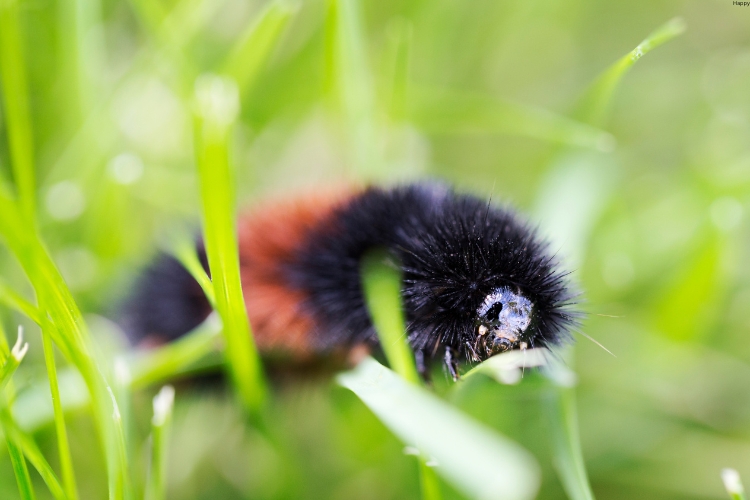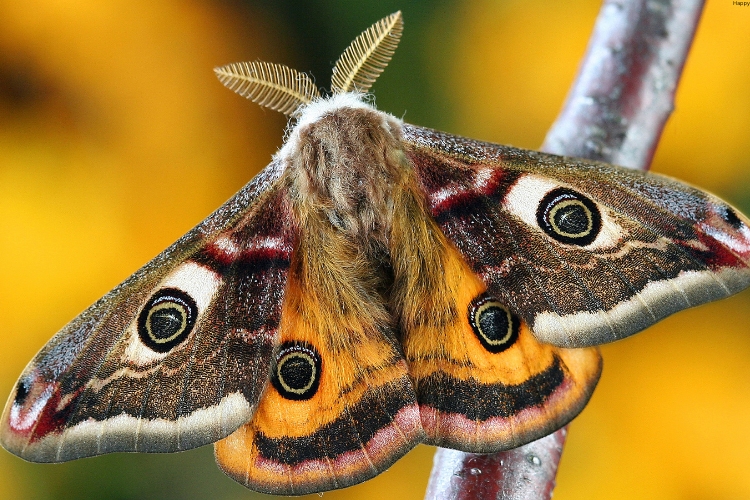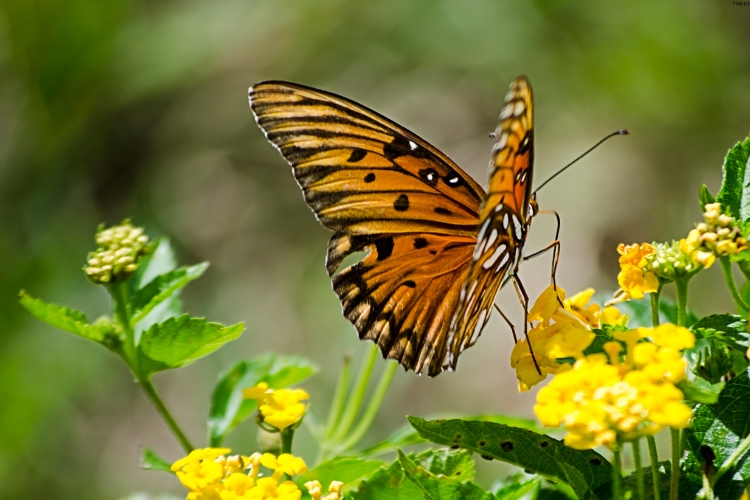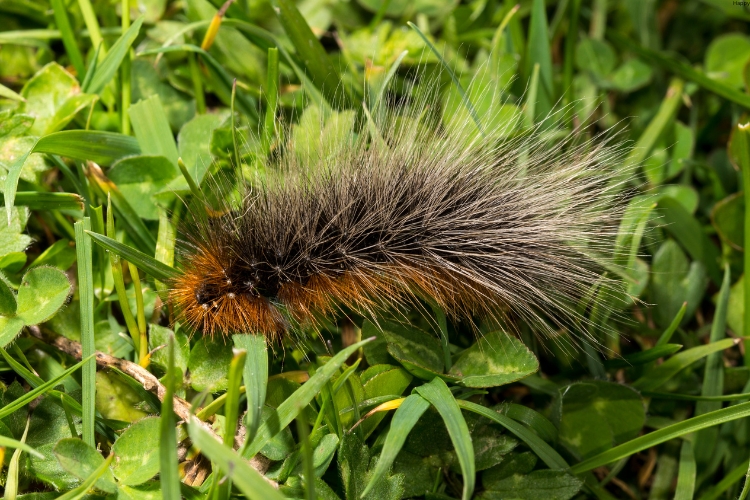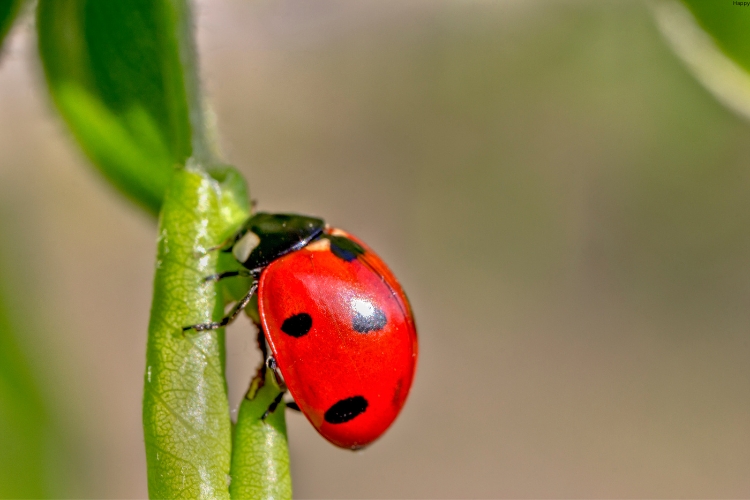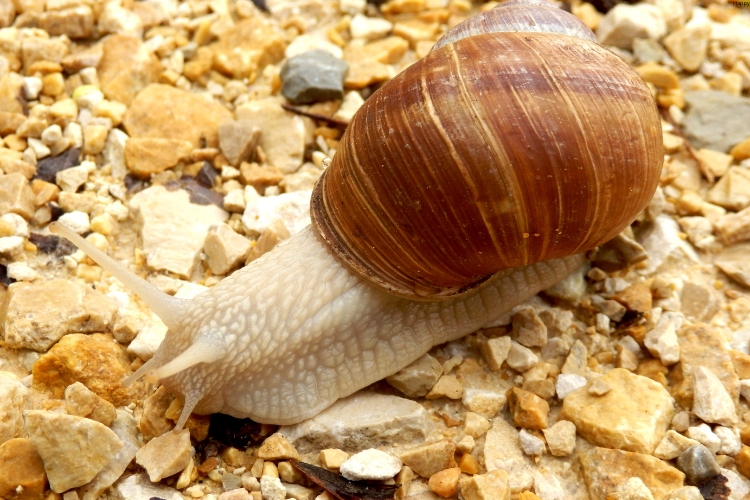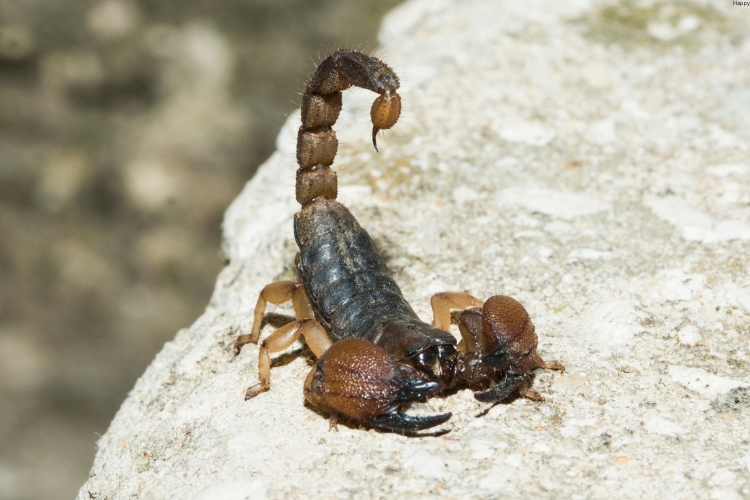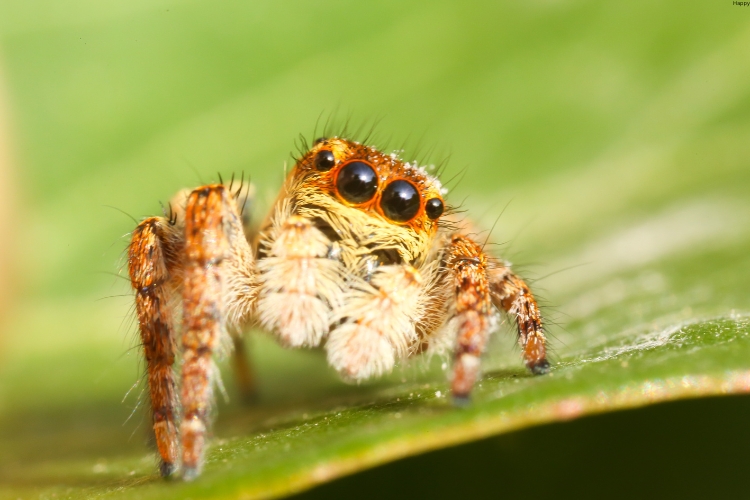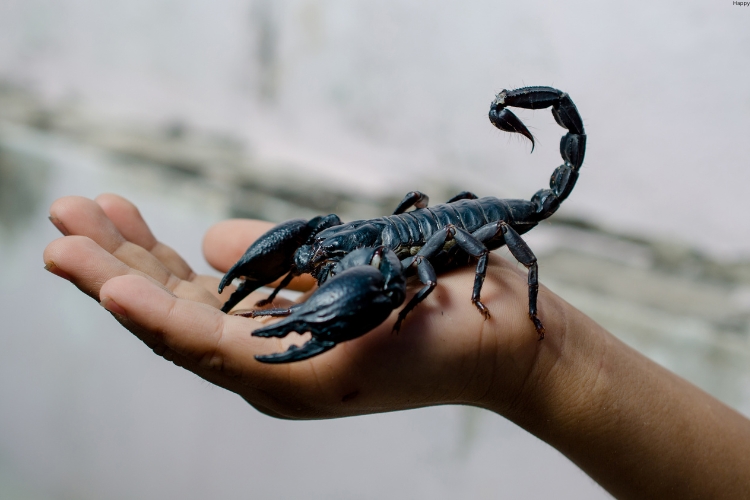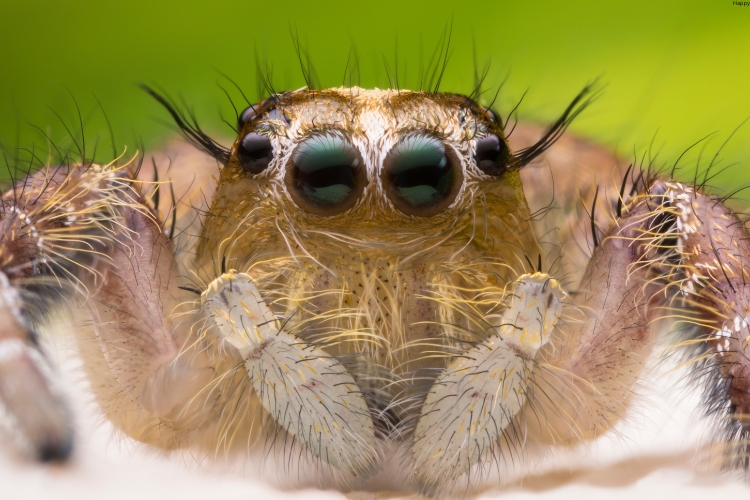Hibernation is often associated with large mammals like bears, but did you know that many invertebrate species also engage in this fascinating survival strategy?
From tiny insects to mollusks, countless small creatures have evolved remarkable abilities to endure harsh conditions through hibernation.
In this blog post we’ll explore the world of hibernating invertebrates, exploring their diverse strategies, physiological adaptations, and the crucial role they play in ecosystems worldwide.
What is Hibernation in Invertebrates?
Hibernation in invertebrates, often referred to as diapause, is a state of dormancy that allows these small creatures to survive unfavorable environmental conditions.
Unlike mammalian hibernation, which is primarily a response to cold temperatures and food scarcity, invertebrate hibernation can be triggered by various factors, including:
- Temperature changes
- Shortened daylight hours
- Lack of food resources
- Drought conditions
- Chemical signals from the environment
During this period, invertebrates dramatically reduce their metabolic rate, conserve energy, and often undergo significant physiological changes to protect their cells from damage.
Why Do Invertebrates Hibernate?
Invertebrates hibernate for several crucial reasons:
- Survival: Hibernation allows species to endure harsh environmental conditions that would otherwise be lethal.
- Energy conservation: By slowing down their metabolism, invertebrates can survive long periods without food.
- Reproductive timing: Some species use hibernation to synchronize their life cycles with seasonal changes, ensuring optimal conditions for reproduction.
- Predator avoidance: Dormant invertebrates are less likely to be detected by predators.
- Evolutionary advantage: The ability to hibernate has allowed many invertebrate species to colonize diverse habitats and survive mass extinction events.
Types of Hibernating Invertebrates
Let’s explore some fascinating examples of hibernating invertebrates:
1. Insects
Many insects enter a state of diapause to survive winter or dry seasons. Some notable examples include:
Monarch Butterflies (Danaus plexippus)
These iconic insects are known for their incredible migration, but some populations also hibernate.
In mild winter areas, adult monarchs can enter a state of reproductive diapause, allowing them to survive for months with minimal activity.
Arctic Woolly Bear Moth (Gynaephora groenlandica)
This remarkable moth spends up to 14 years in a state of diapause in the Arctic tundra, freezing solid each winter and thawing each summer to feed briefly before refreezing.
Ladybugs (Coccinellidae family)
Many ladybug species hibernate in large groups, often in protected areas like tree bark crevices or under leaves. They produce a natural antifreeze to prevent ice crystals from forming in their bodies.
2. Mollusks
Several mollusk species have developed hibernation strategies:
Roman Snail (Helix pomatia)
Also known as the edible snail, this species seals itself inside its shell with a calcareous layer called an epiphragm, allowing it to hibernate for up to six months.
Freshwater Snails (various species)
Many aquatic snails burrow into mud at the bottom of ponds or streams to hibernate during winter months.
3. Arachnids
Spiders and their relatives also exhibit hibernation behaviors:
Jumping Spiders (Salticidae family)
Some jumping spider species enter a state of diapause during winter, often hiding in silk retreats under tree bark or in leaf litter.
Scorpions (various species)
In cold or dry environments, scorpions may enter a state of dormancy, lowering their metabolic rate and seeking shelter in burrows or under rocks.
Physiological Adaptations for Hibernation
Invertebrates have evolved remarkable physiological adaptations to survive hibernation:
- Cryoprotectants: Many species produce natural antifreeze compounds like glycerol to prevent ice crystal formation in their cells.
- Dehydration: Some invertebrates remove water from their bodies to reduce the risk of freezing.
- Metabolic suppression: Hibernating invertebrates can lower their metabolic rate by up to 99% in some cases.
- Cell membrane modifications: Changes in cell membrane composition help maintain flexibility at low temperatures.
- Protein adaptations: Cold-hardy proteins allow biochemical processes to continue at low temperatures.
Ecological Importance of Hibernating Invertebrates
Hibernating invertebrates play crucial roles in ecosystems:
- Food web stability: They provide a reliable food source for predators emerging from hibernation in spring.
- Pollination: Many hibernating insects are important pollinators, ensuring the reproduction of plants in early spring.
- Nutrient cycling: Hibernating invertebrates in soil or aquatic environments contribute to nutrient cycling when they become active.
- Biodiversity: The ability to hibernate allows invertebrates to colonize harsh environments, contributing to overall biodiversity.
Climate Change and Hibernating Invertebrates
Climate change poses significant challenges to hibernating invertebrates:
- Disrupted hibernation cues: Changing temperatures and daylight patterns may confuse hibernation triggers.
- Increased energy expenditure: Warmer winters may cause invertebrates to use more energy during hibernation, reducing survival rates.
- Mismatched timing: Earlier springs may cause invertebrates to emerge before their food sources are available.
- Range shifts: Changing climates may force species to move to new areas, potentially disrupting ecosystems.
Research and Conservation Efforts
Scientists are actively studying hibernating invertebrates to:
- Understand the molecular mechanisms of hibernation
- Develop new cold storage technologies inspired by invertebrate adaptations
- Predict and mitigate the impacts of climate change on invertebrate populations
- Discover potential medical applications, such as organ preservation techniques
Conservation efforts focus on:
- Protecting critical hibernation habitats
- Monitoring population trends of hibernating invertebrates
- Educating the public about the importance of these often-overlooked species
Comparison of Hibernation Strategies
Here’s a table comparing hibernation strategies across different invertebrate groups:
| Invertebrate Group | Hibernation Trigger | Duration | Key Adaptations | Ecological Role |
|---|---|---|---|---|
| Insects | Temperature, daylight | Weeks to months | Cryoprotectants, group clustering | Pollination, pest control |
| Mollusks | Temperature, humidity | Months | Shell sealing, mucus production | Nutrient cycling, food source |
| Arachnids | Temperature, prey availability | Weeks to months | Metabolic suppression, shelter seeking | Pest control, food web stability |
Conclusion
Hibernating invertebrates are true marvels of nature, demonstrating incredible adaptability and resilience.
From the Arctic tundra to temperate forests, these small creatures have evolved diverse strategies to survive harsh conditions. As we face global challenges like climate change, understanding and protecting hibernating invertebrates becomes increasingly important.
These tiny hibernators not only play crucial roles in maintaining ecosystem health but also offer valuable insights into survival mechanisms that could have far-reaching applications in fields like medicine and technology.
By appreciating the remarkable world of hibernating invertebrates, we gain a deeper understanding of the intricate web of life on our planet and the importance of preserving biodiversity in all its forms.
As we continue to study these fascinating creatures, we may uncover even more secrets that could help us address some of the most pressing challenges of our time.


